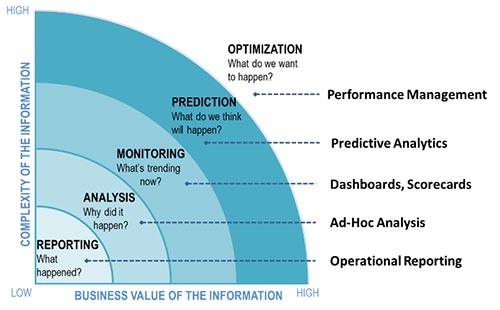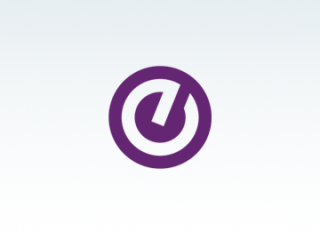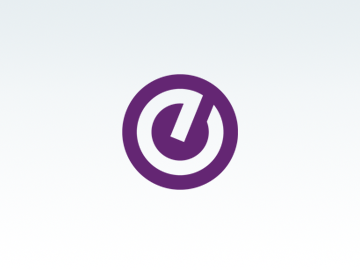Breaking Down the Silos
In the previous blog in this series, I made some observations about the current situation of data, reporting, and business analytics in higher education. Notably, institutions are collecting data at exponential rates but they are finding it increasingly difficult to leverage that data to inform decision-making because data is often sequestered in departmental silos or hidden in local shadow databases.
In this blog, I’ll explore four additional challenges that are commonly faced by campuses that wish to implement this new culture of data engagement.
- Issues of data literacy and technical skills required for reporting. Data consumers often share challenges related to “data literacy and reporting literacy.” As I consult with institutions about reporting and business analytics, there are some questions that are frequently asked by the staff.
- Where do I go to get XX data?
- How do I learn about data is available?
- How do I ask a specific kind of question from the institutional data?
- How do I get access to data/a report outside of my area?
In most of these instances, the institution has had a history of relying on the Information Technology Department or Institutional Research to create and deliver reports so staff members have never had to learn about the data, what different data elements mean, or how to use the reporting tools. If an institution expects to create a culture of data-informed, decision-making at all levels, then campus staff must be given opportunities to develop data literacy and proficiency with reporting tools.
- Concerns about data quality, and other data governance topics.
The most frequently mentioned concern as institutions move toward a culture of data engagement is “What about the quality of our data, how do we achieve that?” That is a well-founded concern because data-informed decision-making depends on good reporting and good reporting depend on good, i.e., quality, data.
When I talk about the data quality component of data governance, I counsel institutions that they need to attend to five factors that influence data quality. To achieve high quality, data must be:
- Accurate: Data definitions must be common throughout the enterprise to avoid multiple uses of a data field, which leads to inconsistency in reports. Clearly defining data ownership prevents data definition misuse.
- Repeatable: Information displayed in reports should be consistent through clearly defined data and calculations throughout the enterprise (e.g., cost of instruction calculations are the same in the academic affairs office and the finance office).
- Appropriate to audience: Reports should be tailored to the different users’ needs with metrics that are meaningful to those using the reports. In addition, the means of report delivery should be convenient for the audience (e.g., push, pull or portal).
- Actionable: Reports should provide the information necessary to make improved decisions that lead to action (e.g., profitability decisions, cost to serve decisions).
- Timely: Reports should be available in the appropriate time frame necessary to make business decisions
I’ll discuss other data governance issues in the next blog.
- Maturity of the business analytics infrastructure: As campuses desire to move to more advanced data engagement, it is critical that the data repository and reporting tool infrastructure has the capacity to support the reporting needs of the institution. This Business Analytics Maturity Model was first described by the Data Warehousing Institute in 2007 with this graph.

Simply stated, the sophistication of the data repositories, the reporting tools and the types of questions increases from the lower left to the upper right of the graph and that must be supported by increased investments in technology infrastructure and employee data literacy.
- Democratisation of data: As business analytics initiatives attempt to open up the data to a broader base of data consumers across the campus, invariably this question arises “who can see what?” I regularly ask staff members if the following statement is true for their institution, “As a general principle of access, university data (regardless of who collects or maintains it) will be shared among those employees whose work can be done more effectively by knowledge of such information.”
Unfortunately, this is generally not the case.
To develop a comprehensive, enterprise wide data repository and reporting solution, it is imperative that institutions “break down the silos” that constrain information sharing. For many institutions, their organisational culture remains a major impediment to becoming truly data-driven. In their white paper for Ellucian, “Finding Insight in an Ocean of Data,” Ovum notes that “Once processes and procedures are in place, all sorts of sensible, rational arguments can be identified to reinforce the status quo.” That’s why institutions need to identify entrenched cultural barriers to information sharing, and—from the top down—demonstrate a firm commitment to openness and integration, to break down the silos!

